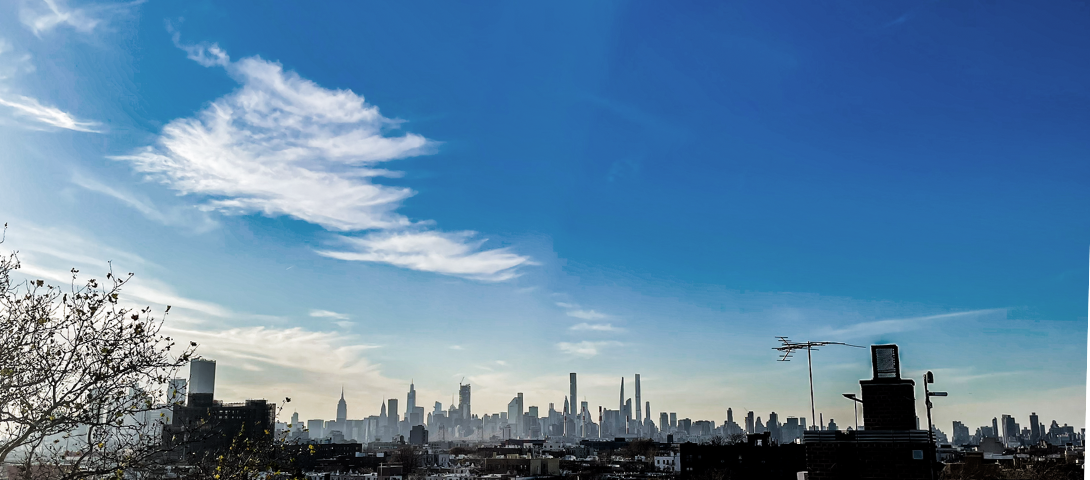Local Law 97 Updates and How They Affect The Future of NYC
Local Law 97 has been a pivotal force in shaping New York City’s approach to sustainable building practices and a greener future for all.
As the 2024 compliance deadline approaches, the New York City Department of Buildings (DOB) has unveiled a set of proposed rules that are crucial to the law’s implementation.
These updates come after the recent hearings in October 2023. They aim to refine compliance criteria, introduce new incentives, and offer additional guidance to affected building owners.
Keep reading below to learn more about some key takeaways that provide insight on how compilers can move forward.
LL97 Update: Monday, December 18th, 2023
In an update on Monday, December 18th, 2023, the finalized rules for Local Law 97 were presented. These rules aimed at cutting emissions from large buildings in NYC, were released, with activists concerned about loopholes for landlords. The law requires energy-efficient upgrades for big buildings to reduce fossil fuel use by 2030, affecting about 50,000 structures in New York City.
In other updates, we have discussed how building owners face penalties if they don't meet emission reduction compliance and/or submit yearly reports, due May 1, 2025. New York City’s Mayor Adams highlighted efforts to create a greener city and emphasized the plan's role in building a safer, more sustainable future. While the rules go into effect this coming year in 2024, critics argue that lawmakers offer more leniency, allowing for extended compliance and programs that encourage renewable energy credit use.
Continuing to Define The “Good Faith” Standard
In our most recent blog, we discussed the LL97’s “Good Faith” Standard and what that might mean for those in New York City who are looking to meet compliance requirements. The recent update on Local Law 97 included proposed rules that delineate the “good faith” standard for non-compliant buildings looking to seek mitigated penalties.
To qualify, buildings must adhere to various energy laws, including benchmarking, emissions reporting, and lighting upgrades. Building owners can demonstrate good faith through approved retrofit work, contracts for electrification, or even a comprehensive plan for net-zero emissions by 2050.
Providing Clarity for Article 321 Buildings
In New York City, there are over 8,000 residential and other property types that fall under Article 321. Article 321 Buildings are considered a specific subset of properties that will be subject to LL97 regulations. These buildings are identified and categorized often based on size and property type. The regulations under LL97 for Article 321 Buildings include the energy conservation measures they must undertake, documentation requirements, penalties for non-compliance, and additional support for those still looking to comply.
As we continue to gain clarity for Article 321 Buildings, it is important to keep in mind that there are resources available that can help building owners better understand how to comply.
Other Electrification Incentives and Credits
In order to incentivize early adoption, there has been an introduction of a new credit whereby properties can install electric heating, cooling, and domestic hot water systems to meet defined efficiency requirements. Buildings that elect to install efficient any of the appliances listed could apply negative emissions coefficients to their total electricity consumption, so long as the qualifying equipment is installed before 2030. This credit can also mitigate penalties until 2036.
Guidance on Local Law 88 Requirements
The proposed rules provide overdue guidance for the 2009, Local Law 88 compliance requirements. These rules include lighting upgrades and submetering. Buildings over 25,000 square feet must align any lighting with energy codes by 2025. They must also install submeters in specific spaces. It is important to note that the inclusion of reporting details and penalties is part of this guidance, which is also crucial for compliance.
Mayor Adams Introduces The LL97 Mobilization Council
New York City mayor, Eric Adams, introduced a strategy to amply Local Law 97’s implementation by creating the LL97 Mobilization Council. This council will focus on workforce support. Its aim is to aid building owners and engage with financing organizations to streamline compliance efforts.
What We Learned
Overall, the hearing in October gave us major insight as to the proposed updates and changes that will be happening as we approach Local Law 97 compliance deadlines. These updates and the mobilization strategy underscore NYC’s commitment to sustainable practices and a greener, cleaner future. The proposed rules offer clarity, incentives, and necessary guidance to navigate Local Law 97’s requirements, empowering building owners to contribute to NYC’s decarbonization goals. Understanding these updates is pivotal for building stakeholders as we head into 2024.


